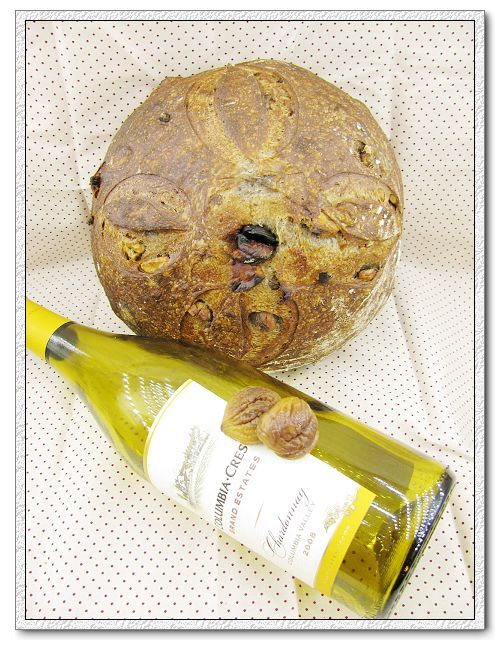

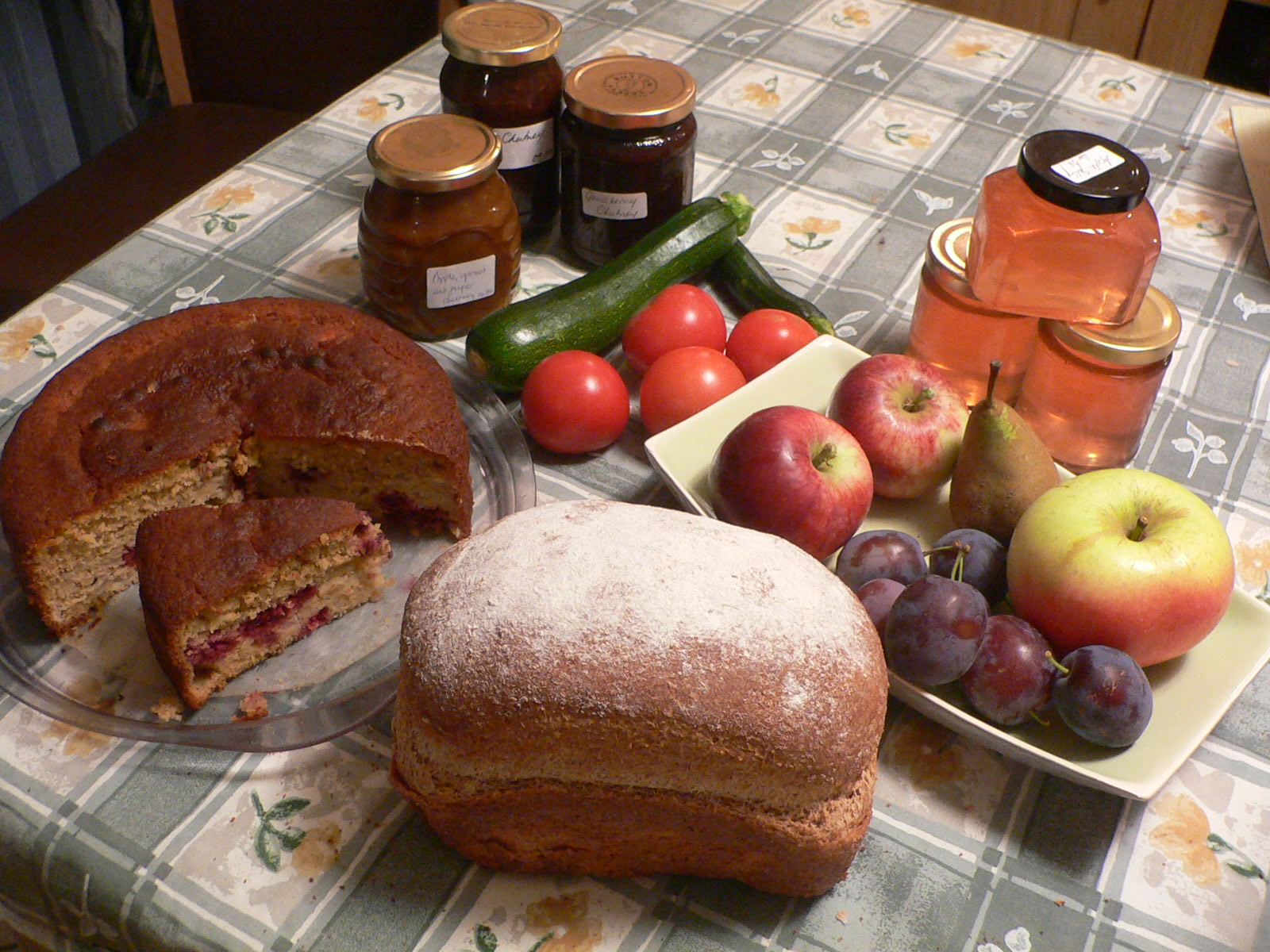
Bread Baking Tubes - Every use them? Advice?
I scored (sniped) on eBay today & today's treasure was a set of three Pampered Chef bread tubes.
Anyone ever use bread tubes? Any advice welcome!
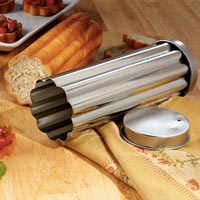

welcome
Hello all, Brian Hear,
This year I made my New Years resolution to be for me to learn how to bake yeast breads. It has always been something that daunted me in the kitchen and I love the kitchen. So tonight I made my first attempt at making a yeast bread. I am both happy with the results and have a LONG way to go in my learning. I look forward to sharing my creations and growth as a baker with you along my journey.
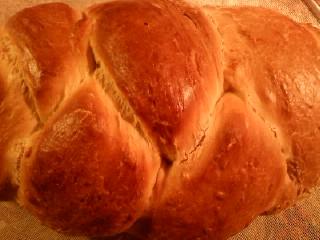
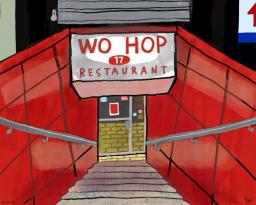
is 355 grams enough?
Hi I was at the supermarket today, I saw this glass sugar shaker that looked cool. It was the last one had no price on it the manager gave it to me for $2.39. It is round glass with ribs. Ill take a pic when my batteries charge. It has a S/S top screw on with the little flap to shake the sugar out. It holds 355grams of water to the brim. Would this be big enough to get a useful amount of starter going?
Thanks for any help
Will

need recipe for Naan. daughter is starting to bake from scratch and LOVES Naan for making pizza. Novice recipes mainly.
My daughter has recently started making more homemade things. She has 4 boys. 16.15.13, and 10. She'd like to learn how to make Naan. She has very few kitchen things since she mostly bought ready-made until both she and her hubby lost their jobs.

No-Knead beginner
The basic recipe seems really easy and the photos here on TFL so beautiful! I would love to try...
1) is it necessary to use a preheated Dutch oven or la Cloche? I have only one pyrex dish with cover, but I wonder whether it can be preheated to high temperature when empty? Do you have any experience with this or other materials? Do you use a parchment or do you oil the dish?
2) is it possible to bake the No-Knead recipe in a any loaf / cake pan without cover? Or just free-form?

Peter Reinhart´s books and / or others?
Please could anybody help to choose some good books for baking? The problem is, that living in a non-English speaking country I cannot have a look at them in a bookshop or library :-(
1) I already have PR´s Artisan Breads Every Day. Most of you recommend BBA, Whole Grain Breads and Crust and Crumb. How are the books different? Are there completely different methods, explanations and recipes?

Utterly confused
Okay, I'm lost. I've been trying to read forums, google, ask - this only led me to more confusion :( I feel like I'm a total idiot who can't get the basic notions of baking. So I'd GREATLY appreciate if you could answer some of my questions, or point me to a source where I can read about it (online, plz, I don't have access to majority of published books). I know that these questions will sound foolish to most of you, but I'm a total novice.



